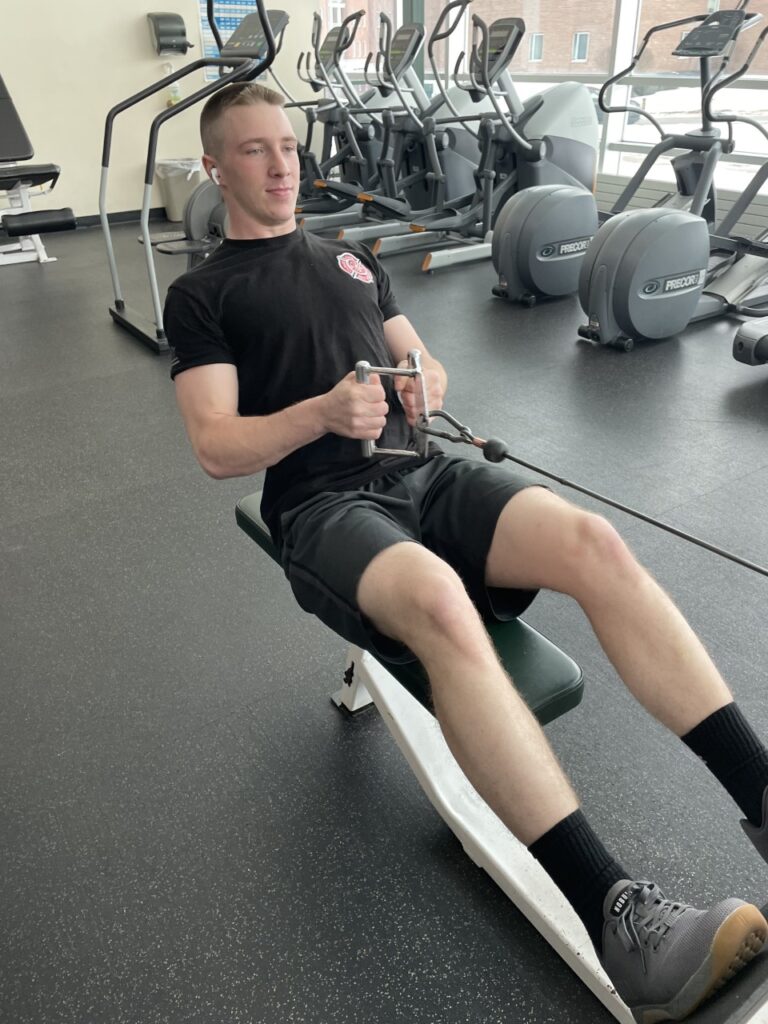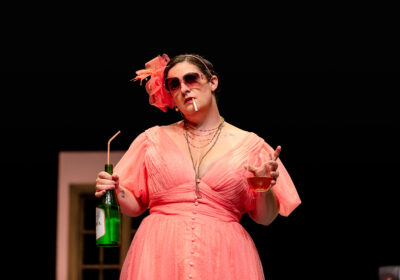The clothing bias against plus-size bodies
Companies that claim to be progressive and “all-inclusive” place their clothing that is sizes 14-18+ in a separate section of the store. These styles are usually much more modest and listed at a higher price than the “standard” sized clothing.
They think they’re being progressive, but really, it’s just offensive.
Making fat people shop in a different section pushes an “us vs. them” narrative. There are the normal sizes and then there are “other.” And the “other” in question apparently isn’t allowed to wear cute clothes that fit them.
So, what might you find in the plus-size section of a women’s clothing store? Muumuus and highlighter-colored slacks galore – which if you ask me, is nothing short of a tragedy.
But why do companies that have trendy, fabulous pieces for sizes S-XL make the most heinous skirt you’ve ever laid your eyes on for a size 14?
It’s simply because they have a bias against fat people.
In a Color Me Curvy article titled “The Real Reason Why Plus Size Fashion is So Ugly,” they argue that, “The unspoken, yet conscious bias against plus-size frames continues to be the order of the day. Unfortunately, many designers and fashion outlets do not believe that satisfying the fashion needs of plus size frames is worth their time, money and resources.”
There’s a clear bias against women size 14+ and people need to start caring about it.
I understand that making plus size clothes uses more fabric, which is more money, but it’s common sense that a parka is going to cost more to make than something like a slinky tube top that the skinny girls get to wear.
Retail Wire posted an article titled “Why Hasn’t Plus-Sized Apparel Been an Easy Win for Retail?” explaining that, “Plus-size apparel costs more to produce because bigger sizes use more fabric and may require special manufacturing techniques.”
Similarly, Alexandra Waldman, co-founder of size-inclusive label Universal Standard, told Vogue Business, “Factories often lack experience in making clothes of an extended size and looms are often not designed to make sweaters in larger sizes, especially if you’re looking to make something seamless.”
So, basically, it’s hard for companies to make plus size clothing.
Alright, well, figure it out?
I simply don’t understand how stores like Maurices (a store with styles intended for middle-aged women ranging from sizes 0-24) even exist if it’s so hard to make bigger sized clothing. These companies don’t want to put in the resources and money for women to look the way they want.
In addition, the men’s version of “plus size” is called the Big and Tall store, and they have never complained about the amount of money and resources it takes to make clothes for them.
The companies that pretend to be progressive and all-inclusive, or helpful in any way, are truly lying to themselves. Making people shop in a separate section is exclusive.
Just let fat women be able to dress how they want to.








